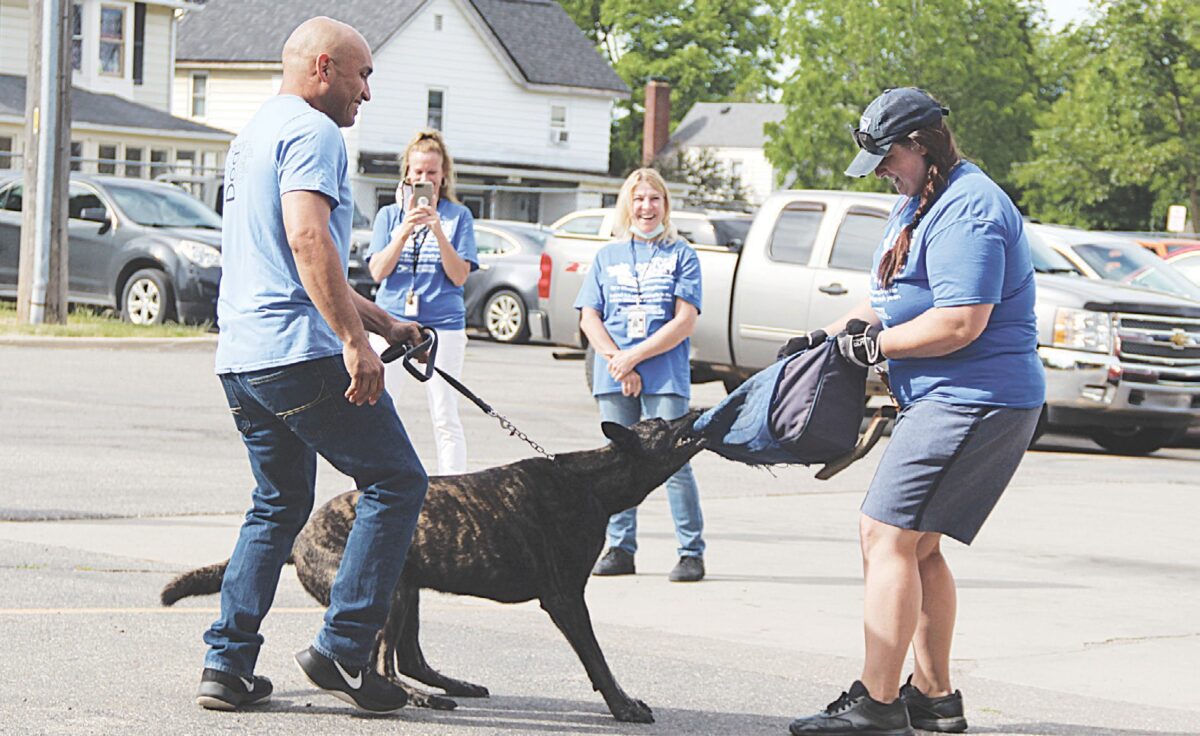Lone Worker Dog Bite Prevention Comprehensive Guide

In today’s diverse working environment, lone workers face unique challenges that require tailored safety measures. One significant hazard for lone workers, particularly those in delivery, utility services, and social work, is the risk of dog bites. This article delves into the comprehensive strategies for preventing dog bites for lone workers, ensuring their safety and well-being.
Understanding the Risks for Lone Workers
Lone workers often operate in isolated environments without immediate support or assistance. This isolation amplifies the risks associated with dog encounters. Workers in delivery services, postal services, healthcare, and maintenance often find themselves in residential areas where they may encounter aggressive or protective dogs.
Statistics and Impact
Dog bites can lead to severe physical injuries, emotional trauma, and significant medical expenses. According to the Centers for Disease Control and Prevention (CDC), approximately 4.5 million dog bites occur each year in the United States, with a substantial portion affecting lone workers.
Preventive Measures for Lone Workers
1. Training and Awareness
Comprehensive training is the cornerstone of dog bite prevention. Lone workers should be educated about dog behavior, body language, and warning signs of aggression. Training programs should include:
- Recognizing aggressive behavior: Understanding the difference between a dog simply barking and one showing signs of potential attack.
- Safe interaction techniques: Learn how to approach dogs cautiously, avoid direct eye contact, and use a calm, non-threatening demeanor.
- Escape strategies: Knowing the best practices for retreating safely if a dog becomes aggressive.
2. Proper Use of Equipment
Equipping lone workers with the right tools can significantly reduce the risk of dog bites. Essential equipment includes:
- Personal alarms: Devices that emit loud sounds to deter aggressive dogs.
- Dog repellent sprays: Non-toxic sprays are designed to deter dogs without causing harm.
- Protective clothing: Wearing thick, protective clothing can minimize injury if a dog bite occurs.
3. Environmental Awareness
Understanding the environment and being aware of potential dog-related hazards is crucial for lone workers. This includes:
- Identifying high-risk areas: Knowing which locations are more likely to have dogs and taking extra precautions in those areas.
- Awareness of dog signs: Looking for signs that indicate a dog is present, such as “Beware of Dog” signs, dog toys, or dog houses.
- Pre-visit assessments: When possible, contact residents or property owners to inquire about the presence of dogs and make appropriate arrangements.
4. Communication and Support Systems
Implementing robust communication systems ensures lone workers can quickly get help if needed. This involves:
- Regular check-ins: Establish a routine for workers to check in with a central office or supervisor at regular intervals.
- Emergency protocols: Clearly defined steps for what to do in case of a dog attack, including whom to contact and what information to provide.
- Use of technology: GPS tracking and mobile apps that allow for immediate reporting of incidents and location tracking.
Behavioral Strategies for Lone Workers
1. Approaching Residences
When approaching a residence, lone workers should:
- Announce their presence: Ring the doorbell or knock on the door before entering a yard. This gives the dog and owner time to respond.
- Observe the dog’s behavior: Look for signs of aggression or fear. If a dog appears agitated, it’s best to wait for the owner to secure the dog.
- Maintain a safe distance: Stay at least a few feet away from the dog and avoid making sudden movements.
2. Interacting with Dogs
When interacting with dogs, workers should:
- Avoid direct eye contact: Direct eye contact can be perceived as a threat.
- Speak calmly: Use a soft, reassuring tone to help calm the dog.
- Use barriers: If possible, place an object like a bag or clipboard between themselves and the dog as a buffer.
3. Responding to Aggression
If a dog shows signs of aggression, lone workers should:
- Remain still and calm: Running or making sudden movements can provoke a chase.
- Use commands: Firmly but calmly telling the dog to “sit” or “stay” can sometimes de-escalate the situation.
- Protect vital areas: If a bite is imminent, using arms to protect the face and neck can reduce the risk of serious injury.
Post-Incident Protocols
1. Immediate Response
After a dog bite, the lone worker should:
- Seek medical attention: Even minor bites can lead to serious infections.
- Report the incident: Document the details of the encounter, including the location, the dog’s behavior, and any injuries sustained.
- Follow-up on medical care: Ensure proper wound care and follow-up visits to monitor for signs of infection or complications.
2. Incident Analysis and Prevention
Post-incident, it’s crucial to analyze what happened and how similar incidents can be prevented in the future:
- Review the incident: Conduct a thorough review to understand what led to the bite and what could have been done differently.
- Update protocols: Make necessary adjustments to training, equipment, and procedures based on the incident analysis.
- Provide support: Offer counseling and support to the affected worker to address any psychological impact from the incident.
Conclusion
Preventing dog bites for lone workers involves a multifaceted approach, combining training, equipment, environmental awareness, and behavioral strategies. By implementing these comprehensive measures, employers can significantly reduce the risk of dog bites and ensure the safety and well-being of their lone workers.





